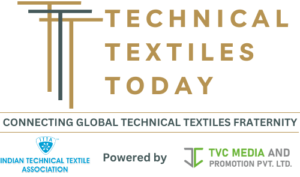Livinguard Technologies AG has announced a breakthrough innovation in salt-free dyeing of cellulose, called Livinguard EFD (Economically & Environmentally Friendly Dyeing). This technology not only reduces the environmental footprint of textile dyeing but also delivers significant cost and efficiency benefits.
According to CEO Sanjeev Swamy, “We do not shy away from major challenges. The fact that no one, not even global chemical players, have yet managed to solve this problem was never a reason to give up.”
The Livinguard EFD process uses a cationization pretreatment that eliminates the need for salt, ensures near-complete dye exhaustion on fabrics, and removes washing/soaping steps after dyeing—significantly cutting down water and chemical usage. Importantly, the system is fully compatible with existing machinery, requiring no capital investment from mills.
Key Benefits of Livinguard EFD:
- Up to 50% water savings and 50% energy & CO2 reductions
- Up to 40% higher productivity
- Up to 20% lower processing costs
- Up to 30% increase in production capacity on current equipment
- Reduced use of chemical additives like soaping agents and dyestuffs
This innovation is currently undergoing large-scale commercial testing with industry partners and is set for launch in Q4 2025.
Livinguard’s breakthrough comes at a time when conventional dyeing practices are under scrutiny for their high water consumption, toxic wastewater discharge, and significant carbon emissions. Dyeing alone consumes up to 125 liters of fresh water per kg of fabric, wastes 200,000 tons of dyes annually, and contributes to over 20% of global water pollution.
By shifting global cellulose dyeing—estimated at 7 million tonnes annually—to the Livinguard EFD system, the industry could save 190 billion liters of water and reduce 7 million tons of CO2 emissions each year.
After 15 years of research, during which over 200 molecules were screened, Livinguard developed a proprietary chemistry enabling this long-awaited technical breakthrough—delivering both sustainability and economic viability for the textile sector.
